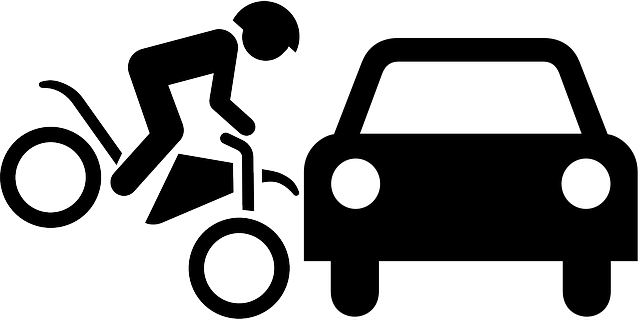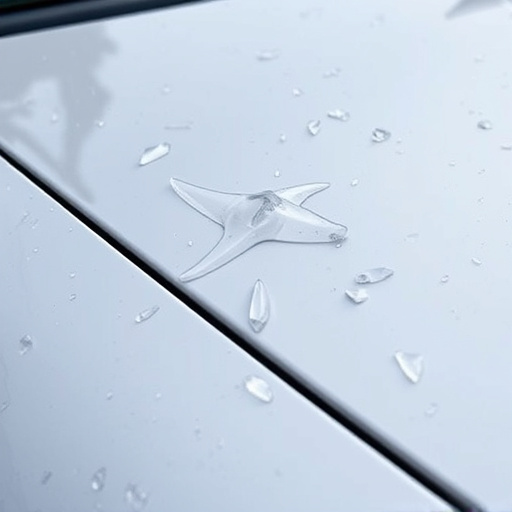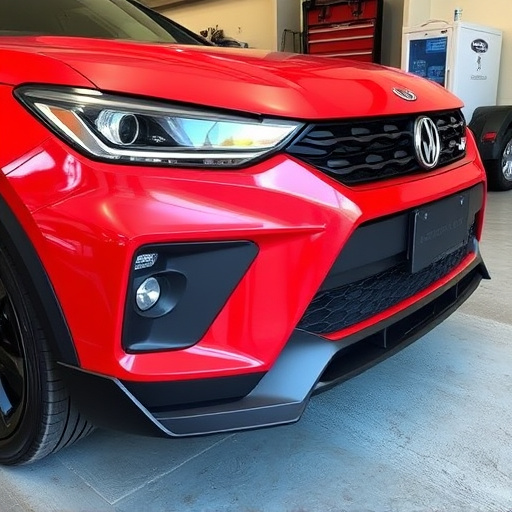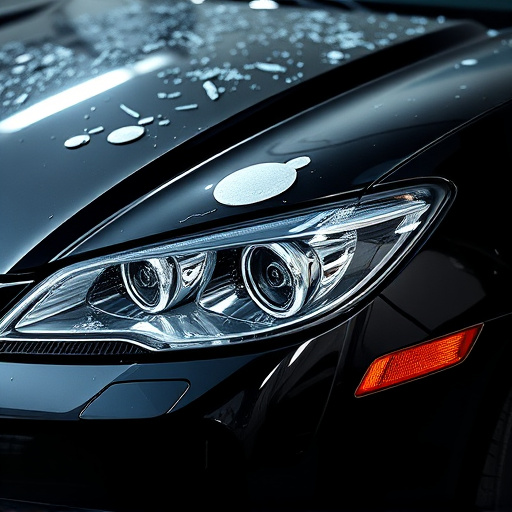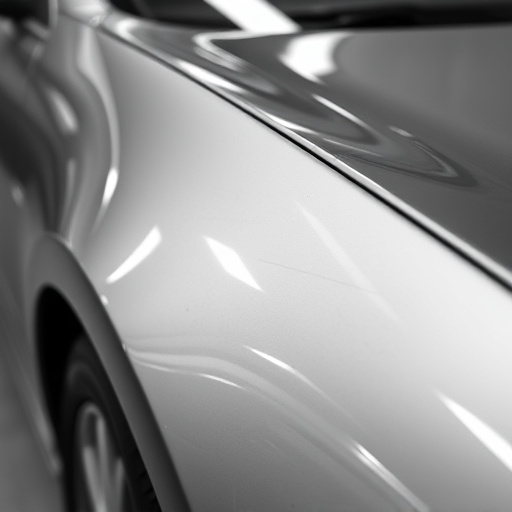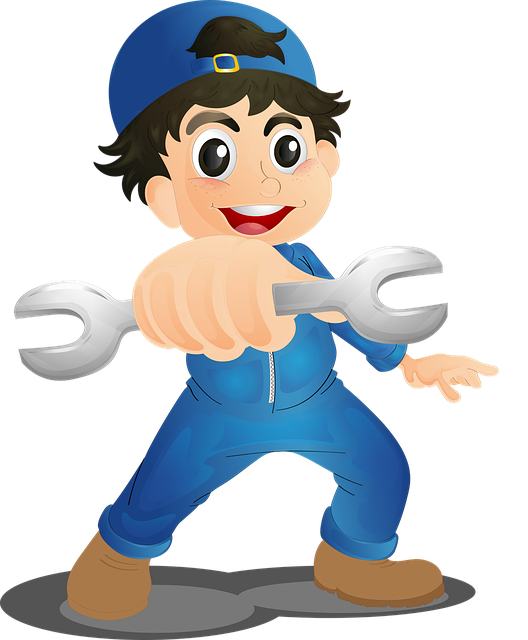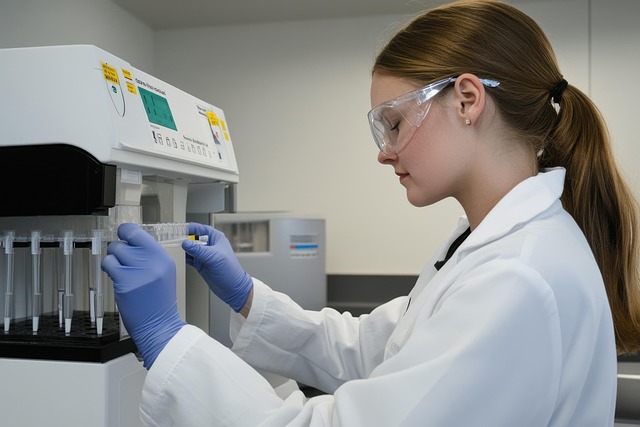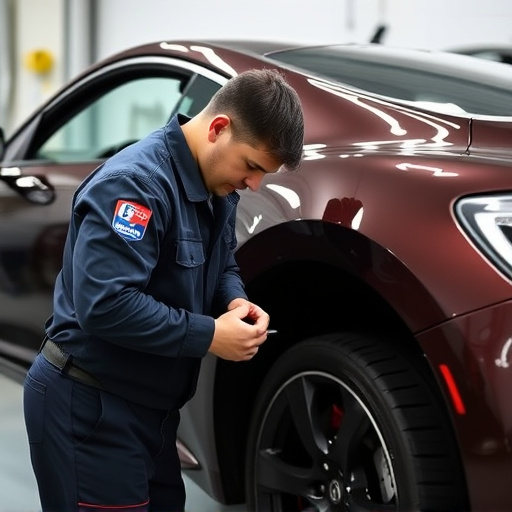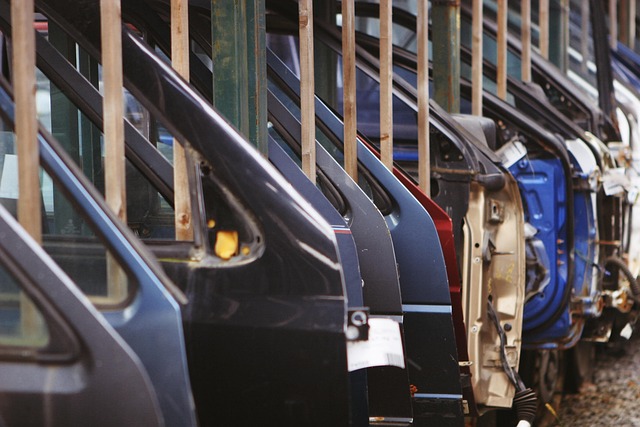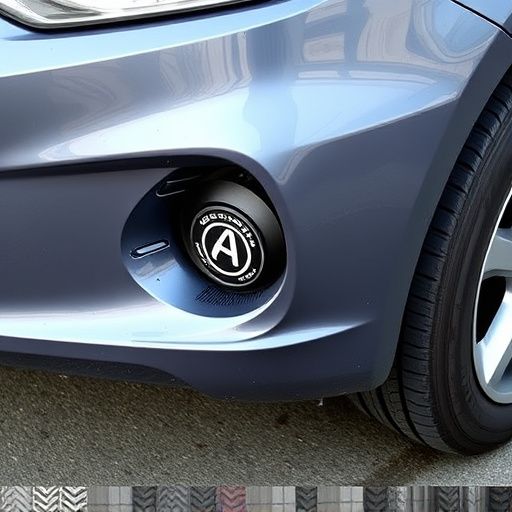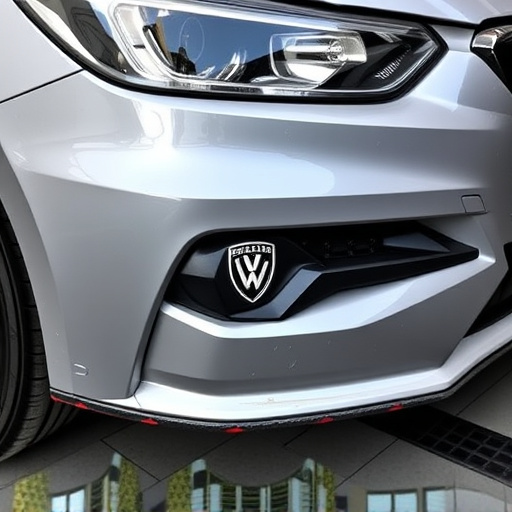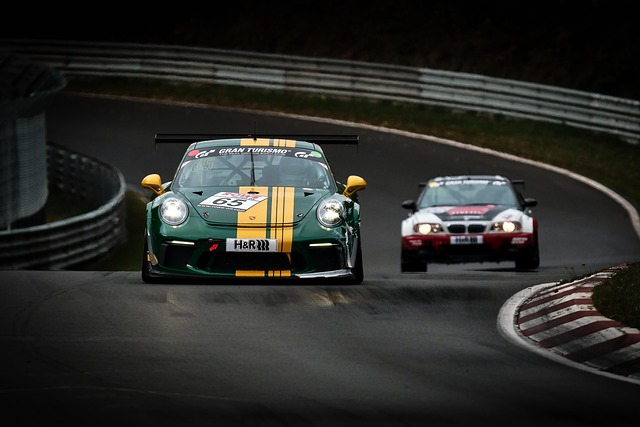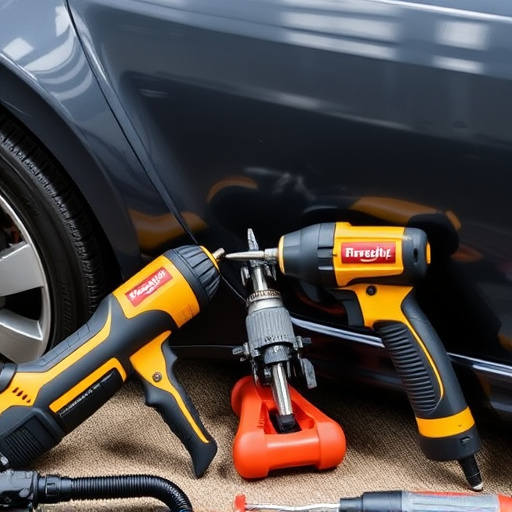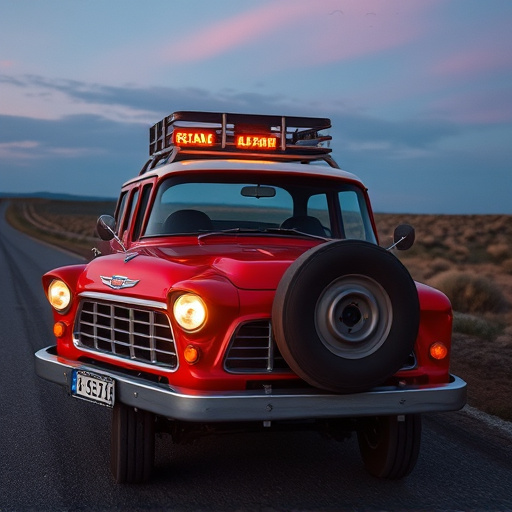Digital paint matching, a cutting-edge technology in vehicle restoration and collision repair, leverages advanced software tools for precise color analysis and replication. This method enhances visual appeal and guarantees longevity, acting as a game-changer in the industry. Achieving perfection involves understanding light, shade, and texture manipulation using techniques like layer masks, adjustable brushes, smart sampling, and texture mapping. Beginners should educate themselves on color theory and digital mixing technologies to avoid subpar outcomes, seeking guidance from professionals for successful repairs.
Uncover the art of achieving flawless results with digital paint matching—a skill that every creative professional craves. This comprehensive guide reveals seven intriguing secrets that will transform your digital painting journey. From understanding the fundamentals to mastering advanced techniques, we’ll navigate you through the intricacies. Learn from common mistakes and gain insights to avoid them. Discover tips and tricks that ensure precise and captivating digital paint matching.
- Unveiling the Basics of Digital Paint Matching
- Advanced Techniques for Achieving Perfection
- Common Mistakes and How to Avoid Them
Unveiling the Basics of Digital Paint Matching
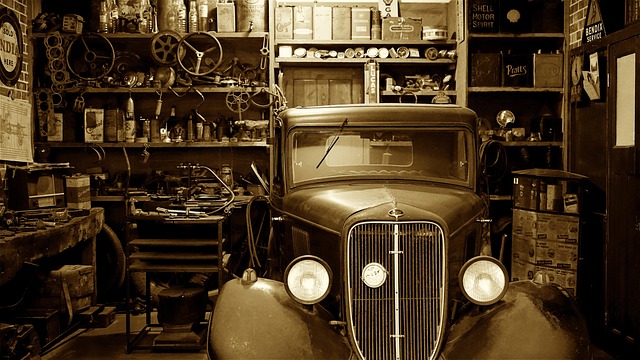
Unveiling the Basics of Digital Paint Matching delves into the intricate process that revolutionizes vehicle restoration and collision repair services. In today’s digital era, precision is key when it comes to matching paint hues for car bodywork. Professionals now leverage advanced software tools to analyze and replicate colors with remarkable accuracy. This innovative technique ensures that every shade, from vibrant reds to subtle silvers, is matched perfectly, fostering a seamless transformation in the event of damage or restoration.
By employing digital paint matching technologies, experts can navigate complex color codes and chemical compositions, enabling them to restore vehicles to their original splendor. This method not only enhances the visual appeal but also guarantees longevity, making it a game-changer in the industry of collision repair services.
Advanced Techniques for Achieving Perfection

In the realm of digital paint matching, achieving perfection goes beyond simple color selection. Advanced techniques involve intricate understanding and manipulation of light, shade, and texture using specialized software tools. Artists leverage features like layer masks and adjustable brushes to precisely mimic real-world effects, ensuring seamless integration with existing surfaces. This involves studying reflectivity, refraction, and how light interacts with different materials – from smooth vehicle body repair finishes to the intricate patterns found in auto glass repair.
Digital paint matching experts also employ creative strategies such as smart sampling and texture mapping to capture subtle nuances in surface details. By combining these techniques, they can not only match existing paint but enhance it, creating a visually stunning transformation akin to a metamorphosis. This level of craftsmanship is particularly valuable in scenarios requiring meticulous restoration, like paintless dent repair, where every imperfection must be accounted for to achieve a flawless outcome.
Common Mistakes and How to Avoid Them

Many enthusiasts make the mistake of diving into digital paint matching without understanding its intricacies, leading to less-than-perfect results in their car scratch repair or fender repair projects. One common error is assuming that achieving a seamless match is merely about picking the right color code. However, digital paint matching is an art that requires precision and an eye for detail. It involves not just selecting the shade but also considering factors like undertones, opacity, and how light interacts with the surface – crucial elements in car body repair.
To avoid these pitfalls, beginners should invest time in learning about color theory and the technology behind digital paint matching. Understanding the process of how colors are created and combined digitally is essential. Additionally, seeking guidance from professionals or experienced enthusiasts can provide valuable insights into overcoming challenges often encountered during fender repair or car scratch repair using digital paint matching techniques.
Digital paint matching is an art that, with practice and the right techniques, can transform your digital creations. By understanding the basics, exploring advanced methods, and steering clear of common pitfalls, you’ll achieve a level of precision that brings your digital paintings to life. Remember, the key lies in experimentation and continuous learning—the more you delve into this process, the better your digital paint matching will become.
